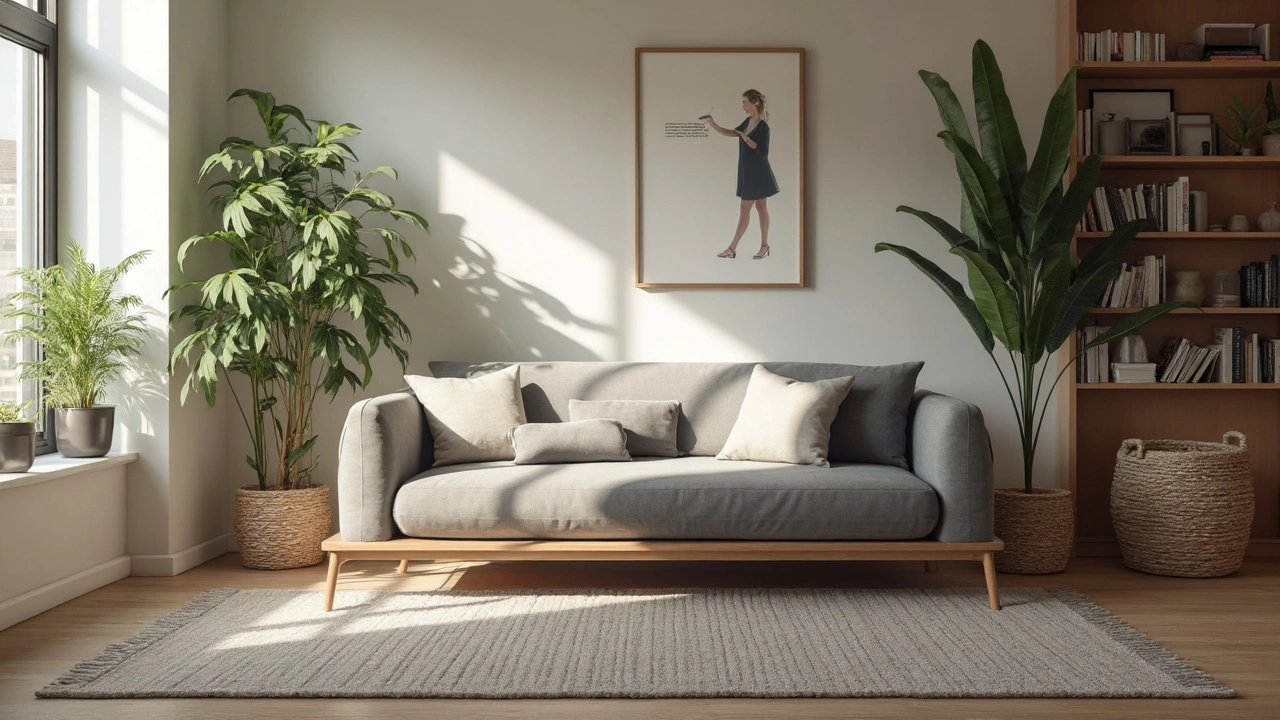Japanese Sofa Bed: The Perfect Blend of Style and Space‑Saving Comfort
If you love a clean look and need a place to crash, a Japanese sofa bed might be just what you’re after. It’s low to the floor, folds out quickly, and keeps a room feeling open. Think of a tatami‑style futon paired with a modern couch – you get both sitting and sleeping without a bulky frame.
Why Choose a Japanese Sofa Bed?
First off, the footprint is tiny. Because the sofa sits close to the ground, it doesn’t dominate the floor area. That makes it ideal for studios, tiny apartments, or any room where space is at a premium. Second, the design is simple. Most models use a wooden or metal frame with a thin, firm mattress that rolls or folds out. The result is a piece that looks good at day and serves as a comfortable bed at night.
Another perk is the aesthetic. Japanese décor favors natural materials, neutral tones, and uncluttered spaces. A Japanese sofa bed often comes in light wood, bamboo, or muted fabric, which blends right in with minimalist interiors. You can pair it with a low coffee table, a few floor cushions, and a shoji screen for a cozy, Zen‑like vibe.
Tips for Picking the Right One
Measure your room before you shop. Pull the sofa out and see how far the mattress extends – you’ll need at least a foot of clearance behind it for the folding mechanism. Check the mattress thickness; 4‑6 inches is common and gives enough support without raising the height too much.
Think about the material. If you have pets or kids, a durable fabric like linen‑blend or a removable, washable cover is a smart choice. For a more authentic feel, look for a natural fiber futon that breathes well and gets softer with use.
Test the conversion. Some sofa beds click into place, others use a pull‑out drawer style. Make sure the mechanism feels smooth and sturdy – you don’t want it to wobble after a few uses. A quiet folding action also helps if you’re sharing a space with a partner.
Finally, match the style to your room. If your décor leans modern, opt for a sleek metal frame with a neutral upholstery. If you love a more traditional look, choose a wooden frame with a tatami‑style cushion. Either way, keep the color palette simple – whites, grays, and earthy browns work best.
Maintaining a Japanese sofa bed is easy. Spot‑clean spills right away, and rotate the mattress every few months to keep it even. If you use a fabric cover, remove it and wash according to the label. A quick vacuum over the frame will keep dust from building up in the folds.When you’re ready to host guests, just pull the mattress out, fluff the top layer, and you’ve got a cozy sleeping spot in minutes. After they leave, fold it back, and the room looks just as spacious as before.
In short, a Japanese sofa bed gives you a stylish seat, an extra sleeping area, and a calm look that fits tiny homes. It’s a practical piece that doesn’t scream “furniture” but still offers comfort when you need it. Give it a try – you might find it’s the missing link between living and sleeping spaces in your home.
Japanese Sofa Bed: Space-Saving Comfort and Modern Minimalist Design
Discover the unique appeal of the Japanese sofa bed, blending minimalist design, comfort, and exceptional space-saving features for modern homes.
More
